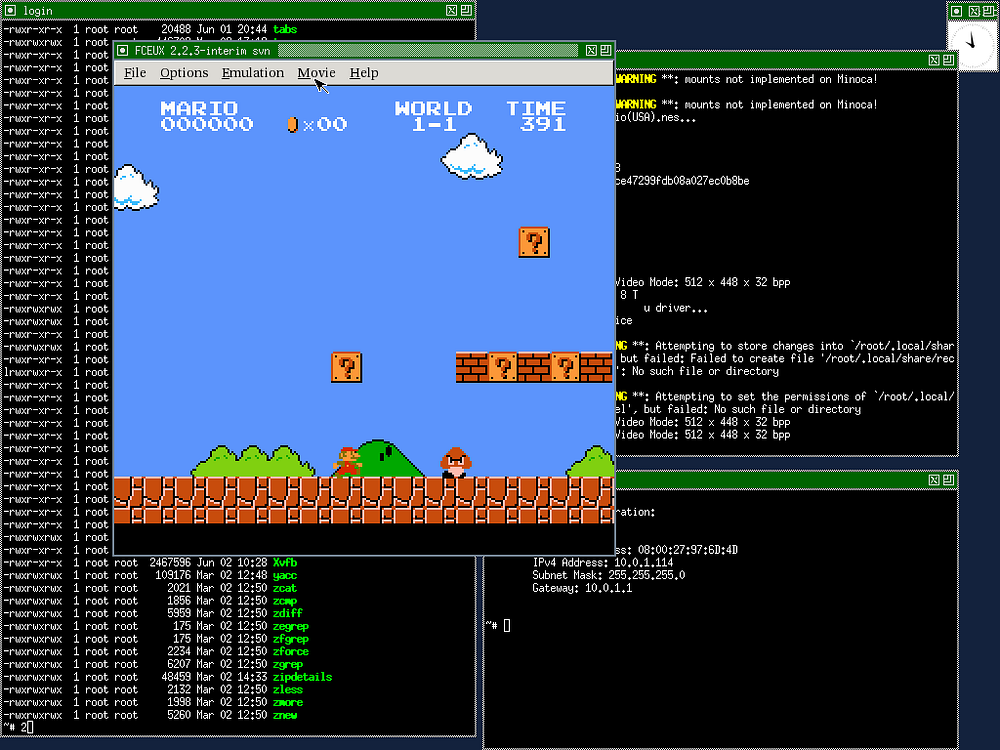Hello, my name is Vasco Costa (nickname gluon) and I was born in 1981 in Lisbon, Portugal. I've studied and graduated in Telecommunications Engineering and Computer science. My interests span across a wide range of different topics, thus I consider myself a Jack of all trades, master of none. I consider this an advantage rather than a disadvantage, because I feel like I can solve problems with an open mindset, drawing from a lot of different fields. In other words, it helps me thinking outside the box.
That said, there are some areas I have more expertise than others. These are some of the subjects I like the most: aviation (airliners, GA airplanes and gliders), computers (programming, Linux and open source POSIX operating systems in general), motorsport (Formula 1, Indycar, Formula E, WEC and WTCC), science (astronomy, physics and biology), technology, traveling and TV series. Yes I'm a geek, I also enjoy other stuff though. I must also say that minimalism is deeply embedded into my personality, reflecting throughout all aspects of my life. Less is generally more, although there's a fine line between minimal and too minimal.
The Linux Spot Youtube channel is my newest project. Some of the topics are:
from an experienced home user and server administrator. I might digress every now and then into other *nix operating systems and open source software in general.
I started using Linux in 1998, so after 20 years of distro hopping at home and professionally, as well as maintaining community packages for some distros, I decided that maybe sharing my passion for this operating system could be a nice idea.
I strive to be as distro agnostic as possible, because through the years I assimilated that adaptability and using the right tool for the job is paramount. Nevertheless, distros like Debian, Ubuntu, Linux Mint, Arch Linux, Fedora and CentOS are among my favourites.
Minoca OS is an open source, general purpose operating system written from scratch. It aims to be lean, maintainable, modular, and compatible with existing software. It features a POSIX-like interface towards application software and a growing suite of popular packages already built and ready to go. On the backend, it contains a powerful driver model between device drivers and the kernel. The driver model enables drivers to be written in a forward compatible manner, so that kernel level components can be upgraded without requiring a recompilation of all device drivers.
